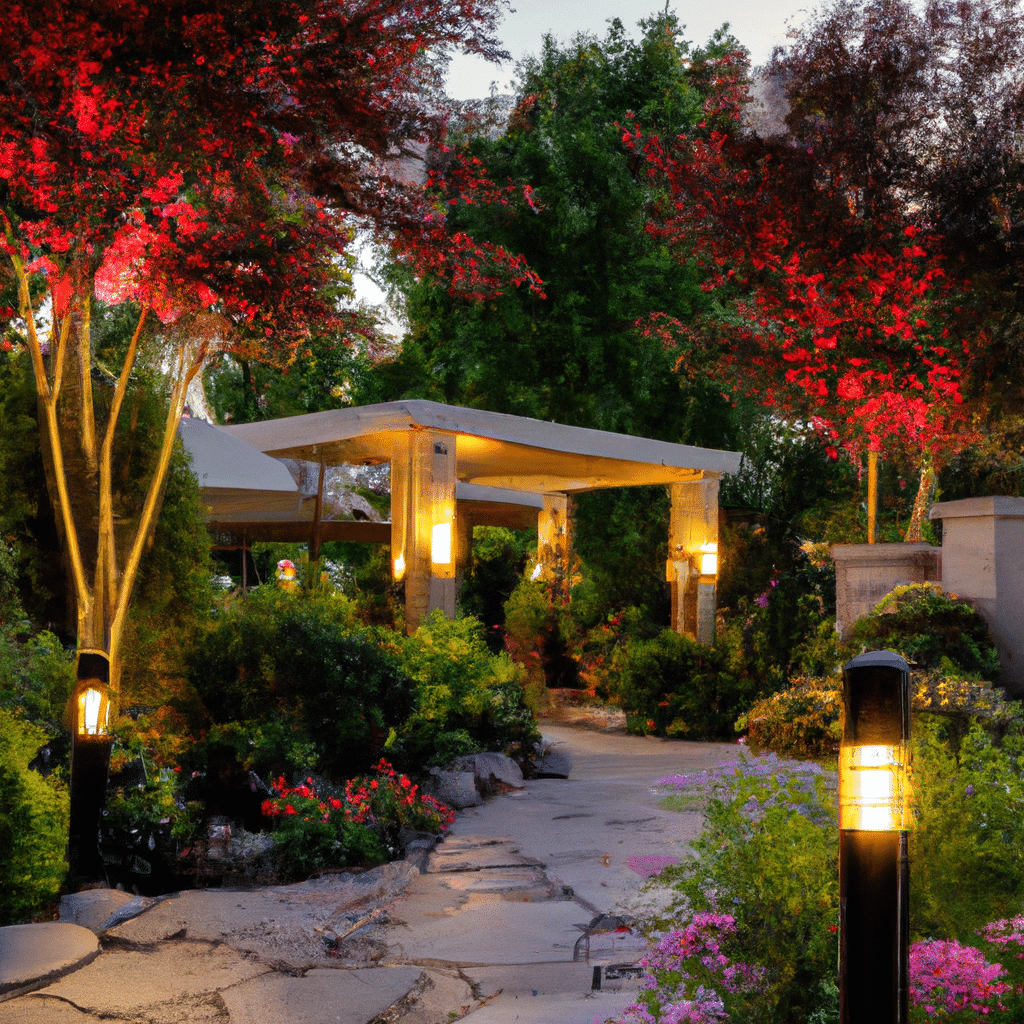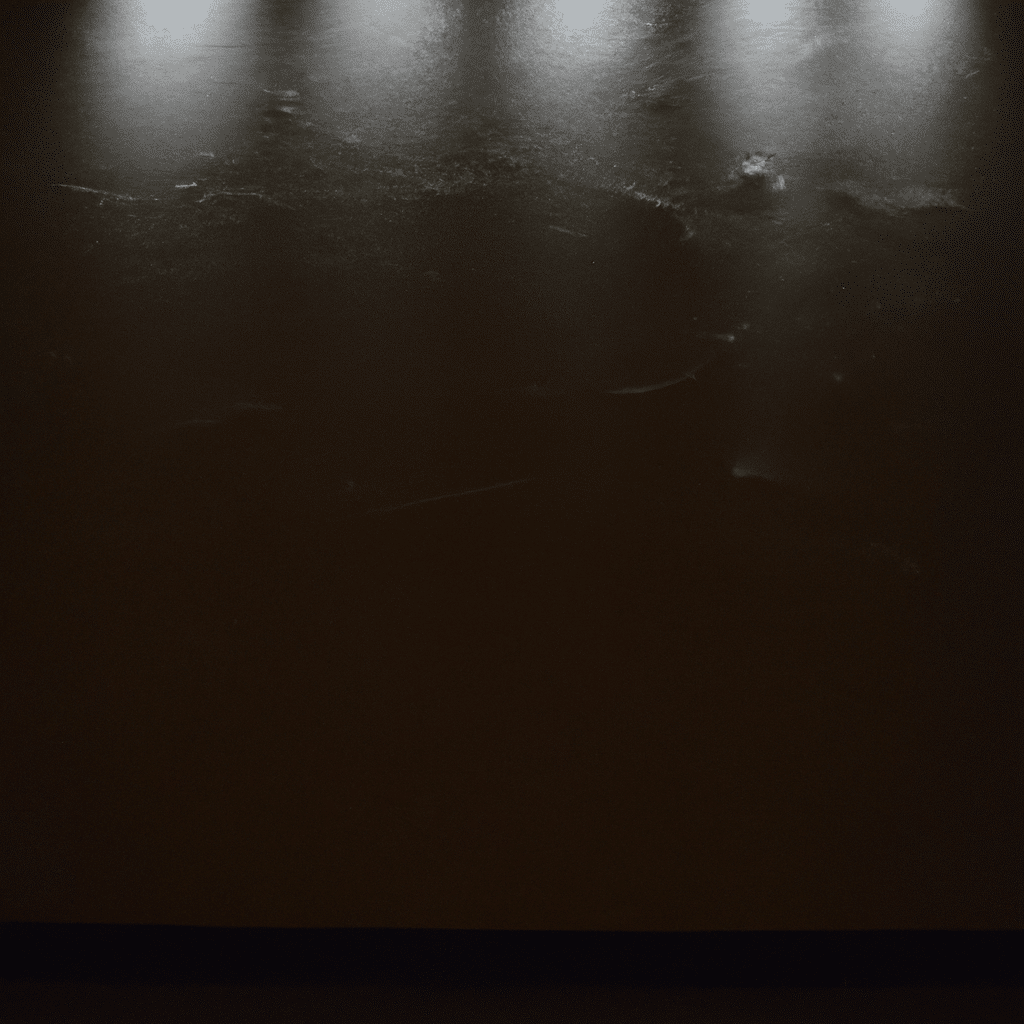In this comprehensive guide, we will delve into the world of layered lighting and explore how you can transform your space using professional techniques. Lighting plays a vital role in creating ambiance, highlighting key features, and enhancing the overall aesthetics of a room. By mastering the art of layered lighting, you can create a visually stunning and functional space that caters to your specific needs and preferences.
Understanding Layered Lighting
Layered lighting involves the strategic placement and combination of different types of lighting sources to achieve a desired effect. Rather than relying solely on a single light source, layered lighting incorporates various elements such as ambient lighting, task lighting, and accent lighting to create depth and dimension in a room.
Ambient Lighting
Ambient lighting forms the foundation of layered lighting and provides overall illumination to a space. It is often achieved through the use of overhead fixtures, such as chandeliers, recessed lights, or track lighting. The purpose of ambient lighting is to evenly distribute light throughout the room, ensuring a comfortable and well-lit environment.
Task Lighting
Task lighting is focused illumination that serves a specific purpose, such as reading, cooking, or working. It is essential to have adequate task lighting in areas where activities require increased visual clarity. Table lamps, desk lamps, and under-cabinet lighting are popular choices for task lighting, as they provide targeted illumination to specific areas.
Accent Lighting
Accent lighting adds drama, depth, and visual interest to a space by highlighting architectural features, artwork, or decorative elements. It creates focal points and adds a touch of sophistication to any room. Spotlights, wall sconces, and picture lights are commonly used for accent lighting, as they allow for precise control over the direction and intensity of light.
Planning Your Layered Lighting Design
Before diving into the implementation of layered lighting, it is crucial to develop a well-thought-out plan. Consider the specific functions and activities that will take place in the room, as well as the mood and ambiance you wish to create. Here are some key factors to consider when planning your layered lighting design:
Room Size and Layout
The size and layout of the room will influence the placement and type of lighting fixtures you choose. Larger rooms may require multiple light sources to ensure even illumination, while smaller spaces may benefit from more focused lighting options. Take into account the natural light sources and existing architectural features when planning the placement of your lighting fixtures.
Lighting Zones
Divide your space into different lighting zones to cater to various activities and moods. For example, a living room may have a zone for general ambient lighting, a zone for reading or watching television, and a zone for accent lighting to showcase artwork or architectural details. By creating distinct lighting zones, you can easily adjust the lighting to suit different occasions and preferences.
Lighting Fixtures
Selecting the right lighting fixtures is crucial for achieving the desired effect. Consider the style and theme of your space when choosing fixtures to ensure they complement the overall design. Opt for fixtures that provide a balance between form and function, and consider the quality of light they emit. LED lights, for example, are energy-efficient and offer a wide range of color temperatures to suit different settings.
Dimmers and Controls
Installing dimmers and lighting controls allows you to adjust the intensity and mood of your layered lighting. Dimmers provide flexibility and enable you to create different atmospheres based on your needs and preferences. With the advancement of smart home technology, you can even control your lighting remotely or set up automated lighting scenes for added convenience.
Implementing Your Layered Lighting Design
Once you have devised a solid plan, it’s time to put your layered lighting design into action. Here are some practical tips to help you implement your design effectively:
Positioning of Lighting Fixtures
Place your lighting fixtures strategically to achieve the desired effect. Consider the height and direction of the light source to avoid glare and shadows. For example, in a kitchen, under-cabinet lighting can provide task lighting for countertop activities, while pendant lights above the island can serve as both functional and decorative elements.
Mixing Light Sources
Experiment with different types of light sources to create depth and contrast. Combine warm and cool lighting to add visual interest and create a dynamic ambiance. For instance, pair warm-toned accent lighting with cool-toned ambient lighting to highlight focal points and create a sense of drama.
Layering with Accessories
In addition to traditional lighting fixtures, consider incorporating accessories that can enhance the layered lighting effect. Use mirrors to reflect and amplify light, or add decorative lighting elements such as fairy lights or LED strips to create a magical atmosphere. These additional layers can further elevate the overall aesthetic appeal of your space.
Regular Maintenance
To ensure your layered lighting design remains effective and visually appealing, regular maintenance is essential. Clean your lighting fixtures regularly to remove dust and debris that can affect the quality of light. Replace any burnt-out bulbs promptly and inspect wiring connections to avoid potential hazards.
Conclusion
Mastering the art of layered lighting can truly transform your space and elevate its overall ambiance and functionality. By understanding the different types of lighting and their respective roles, planning your design meticulously, and implementing it thoughtfully, you can create a visually stunning and inviting environment. Remember to experiment, be creative, and adapt your design to suit your unique style and preferences. With layered lighting, the possibilities are endless, and your space will shine like never before.



